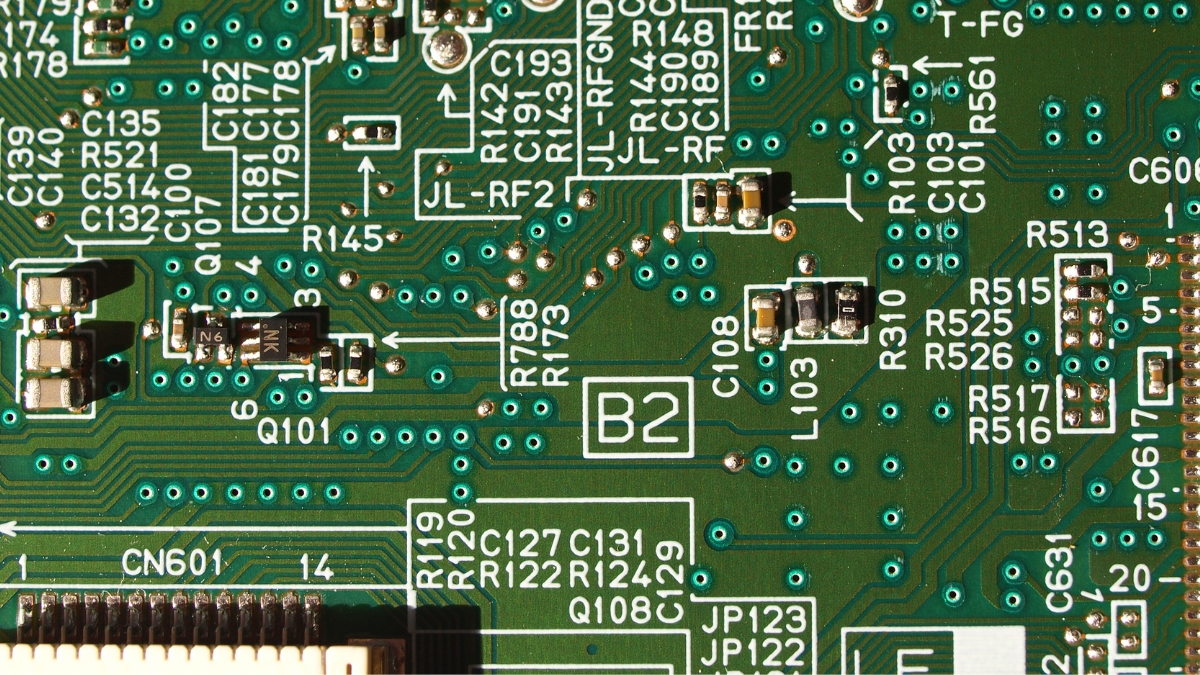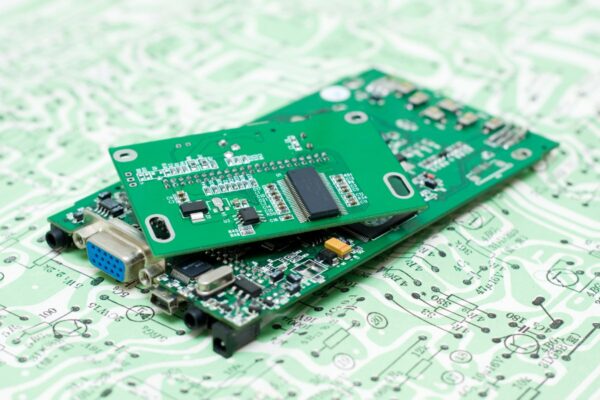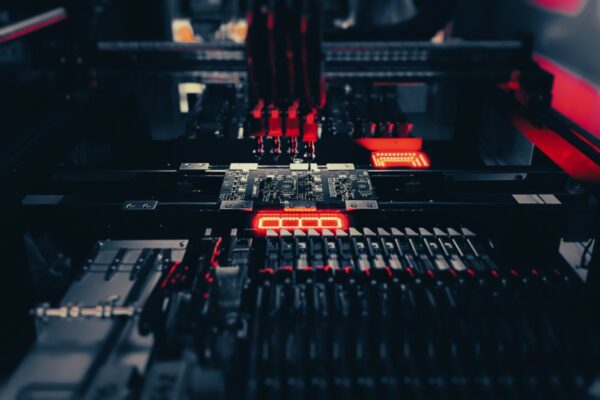Board Thickness Definition
Board thickness refers to the overall thickness of a Printed Circuit Board (PCB), which can range from 0.008 inches to 0.240 inches. The standard PCB thickness is typically 0.063 inches or 1.57mm, but there are a broad range of thickness options available depending on the application or usage area. The thickness of the board is reliant on the insulating layer and the content of its material, which can include substrates such as Bakelite, epoxy, or paper reinforced phenolic resin. The thickness of the copper used in the PCB also plays a significant role in achieving the standard PCB thickness.
Frequently Asked Questions
How do you determine the thickness of a PCB board?
The copper thickness for PCBs is typically 1 oz, which is determined by evenly spreading a specific weight of copper over a 1 square foot board. This results in a foil thickness of 0.0348 mm or 1.37 mils for 1 oz of copper rolled out over an area of 1 square foot, according to standard practices.
How thick is a 4 layer PCB board?
Our company manufactures PCB boards with various thicknesses including 0.020″, 0.031″, 0.040″, 0.047″, 0.062″, 0.093″ and 0.125″. Customers have the option to choose from ½, 1 or 2 ounce inner layer copper foil for their printed circuit board. Our 4, 6, and 8 layer PCBs have a maximum size of 16X22 inches, while the 10 layer PCBs have a maximum size of 14×20.
Does PCB thickness matter?
Managing heat in electronic devices is crucial, and the thickness of a PCB plays a significant role in this regard. Excessive heat can damage the components and lead to their failure, making it a major concern in the design and manufacturing of electronic devices. The thickness of a PCB impacts the efficiency of heat transfer through the board, and it can significantly impact the cooling of electronic devices.
How thick is 12 layer PCB?
The typical thickness for a 12-layer PCB is 1.6mm.
How thick is 14 layer PCB?
The PCB with 14 layers should have a minimum thickness of 1.4 mm, and in certain situations, it may exceed this thickness slightly.
What is the thickness of a 1 layer PCB?
The typical thickness for a PCB is often referred to as the standard PCB thickness. It is common for contract manufacturers to state that the standard PCB thickness is around 1.57 mm or 0.062 inches.
How thick is 3 layer PCB?
The material of the printed circuit board plays a significant role in its performance. It is a standard practice to categorize the standard copper thickness for a three-layer PCB as 1oz (35 mm), 2oz (70 mm), and 3oz (105 mm). However, the copper thickness may vary depending on the type of board being manufactured.
How thick is a 6 layer PCB?
The production of six layer boards includes various thickness options such as 0.031″, 0.040″, 0.047″, 0.062″, 0.093″ and 0.125″. These options are available with the same inner layer foil choices.
How thick is 20 layer PCB?
The design of a 20-layer PCB involves the use of prepregs and cores, which are composed of copper-plated glass protected by epoxy laminate sheets. The thickness of the cores typically falls within the range of 0.1mm to 0.3mm.
How thick is 10 layer board?
The typical 10-layer printed circuit board is available in various thicknesses, including 1.3mm, 1.6mm, 2.0mm, 2.4mm, and 3.0mm.
Why are PCBs 1.6 mm thick?
The 1.6mm PCB is well-suited for edge connectors and USB-A connectors that rely on the thickness of the printed circuit board trace. These types of connectors require the printed circuit board to have the appropriate thickness to properly fit the mating portion of the connector.
What is the minimum PCB layer thickness?
It is recommended to use PVB interlayers that have a thickness of at least 1.52mm or more.
How thick is an 8 layer PCB mm?
The document states that there are 8 layers in the circuit board, specifically identified as 8L-01 with a thickness of 1.7mm. The prepreg thicknesses are indicated to be at approximately 80% copper utilization on the inner layers after pressing.
How thick is metal core PCB?
The standard range for the thickness of metal cores in PCB base plates is usually between 30 mil and 125 mil, although it is possible to have plates that are thicker or thinner. The copper foil thickness for MCPCBs can range from 1 to 10 oz.
How thick is a 8 layer PCB?
The number of foil layers in a standard PCB is a determining factor for its thickness. For an 8 layer PCB, the typical thickness options are 0.062, 0.093, and 0.125 inches. Additionally, the copper foil layers can be customized based on the board’s specific needs.
How thick is 16 layer PCB?
The material used for the panel is FR4 and TG170 (ITE180), with a thickness of 2.0mm. Each panel measures 200*300 mm and contains 6 units.
How many layers is a typical PCB?
The majority of typical multilayer PCBs consist of a range of 4 to 8 layers. In more complex applications, such as smartphones, the number of layers can increase to up to 12. To avoid complications and issues, manufacturers tend to prefer even layers over odd ones as laminating an odd number of layers can result in an excessively complex circuit.






